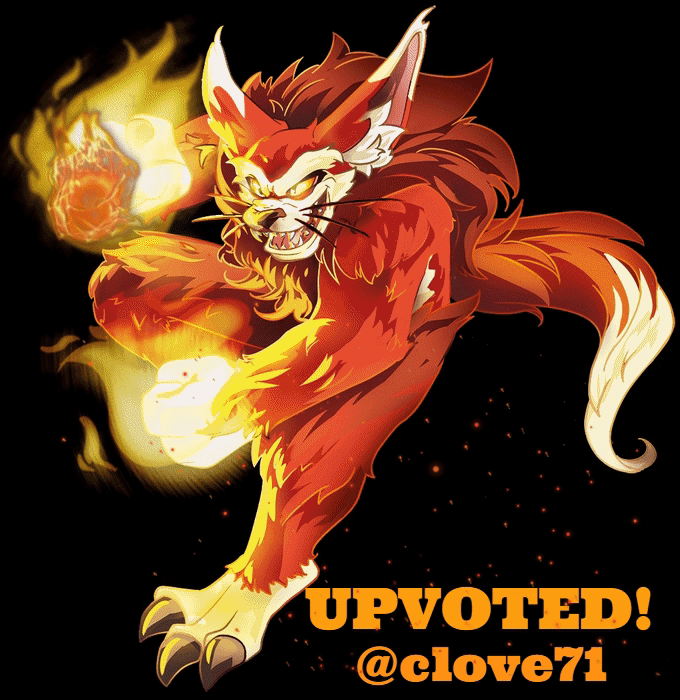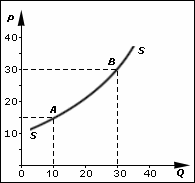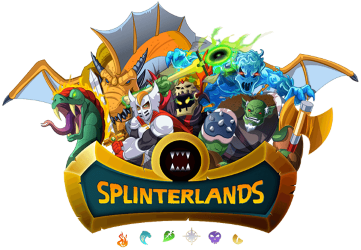Splinterlands Economics: Supply
Hello everyone! We are back again today with another edition of Splinterland Economics - a series in which we introduce a basic economic concept and then apply it to Splinterlands. If this is your first time reading, just to tell you a little bit about myself: my day job is in an unrelated area but I consider myself a little bit of economics nerd - I read a little (or maybe way, way) more news than I should, double majored in econ, and am obsessed with optimization. I love the way Splinterlands is equal parts card game and resource allocation game. My goal with these articles is to share a little bit of what I know with you all.
When you go shopping at the store, or browsing an online market, it is very easy to be focused on what is being displayed in front of us and forget about where the items we are looking at came from or how their prices were determined. Well, forget no longer - I will be doing my best to shed a little light on that topic this week. Our subject today has to deal with how much of a particular good is available at a given time and price. Today, we'll be talking about Supply!

What is Supply?
Supply is the amount (or "quantity") of a good or service that producers will choose to sell at a given price. If you were to list out all of the possible prices a good could sell for and then figure out how much of that good producers would be willing to make for that price, then you would get what we call a supply curve. As you may imagine, at higher prices then producers will tend to choose to sell greater amounts. For example, if a baker selling cookies at a farmer's market would be willing to bake 100 cookies to sell at $2 per cookie, the same baker may be willing to bake significantly more than 100 cookies if they were able to sell each cookie for $4 (twice as much!) instead. Do note that although I used an example of a single baker, a supply curve will generally aggregate all of the producers of a particular good.
Of course, how many more also depends on how much time our baker has available and how easily they are able to obtain additional ingredients. The ease of a producer being able to produce more of an item determines the shape of a supply curve. In our cookie example our baker may be able to pick up a few extra items from their supermarket and put in an hour or two of overtime relatively easily, and in that case the supply curve would have quantity increasing quickly as price increases.
But what if our baker was already busy working their day job, or used some rare ingredients that were only available in small amounts? If that were the case then the supply curve would be much steeper, since our producer would have a harder time producing more cookies, even if they were able to charge significantly higher prices for them. So you can see, the slope of the supply curve can change but the relationship of higher prices leading to higher quantities supplied generally holds. And yes, (of course) there are exceptions, though we don't have time to get into them today.
Finally, the concept of supply is not limited to cookies - it can be applied to everything! From other finished products to labor to intermediate goods, everything that is bought or sold has a supply. These interconnected supply systems are called the supply chain, and if you had any difficulty finding products which you were trying to buy during the pandemic, disruptions to this system was most likely the cause of the problem.
How do we apply it to Splinterlands?
Splinterlands has a card market where it may seem like there are relatively simple supplies. For example, card sets have a fixed number of packs, or reward cards have a set amount which will be printed. However, while sets are in print then the prices of those cards determine how quickly the supply of those cards will grow. If the value of the cards inside of the packs are greater than the price of the pack then players may choose to purchase large amounts of packs to open and resell at a profit. This will increase the supply of those cards, and if market conditions remain the same then those packs may sell out very quickly.
Like many things in Splinterlands, there are additional levels of complexity to the card supply. There is also the card leveling mechanic, where cards are essentially burned in order to obtain more powerful versions of that card. This permanently reduces the number of cards in the supply, since combined cards cannot be un-combined. On a slightly higher level, if players are willing to pay huge amounts of money for new cards, then the Splinterlands developers may be incentivized to work on newer sets more quickly, and/or put more of those cards up for sale when they are available.
There are also the case of a "labor" market in Splinterlands, where scholars may choose to play ranked battles in order to get paid with rewards or earnings. If earnings (and therefore payment amounts) are higher then more people may choose to bring their labor into the market since they can make additional money by doing so. Services such as the Archmage bot are also impacted by this situation - if people are willing to pay more for Archmage tokens or don't mind paying a greater percentage of their winnings then the developers behind Archmage will have greater incentives to scale their service and servers up more quickly in order to be able to onboard more accounts and earn more revenue.
Why should we care?
As consumers, the amount that goods cost have a dramatic impact on our quality of life. And as investors, the way that prices of assets change determine how quickly we are able to grow (or shrink) our wealth. The supply of a good helps to determine its current price, as well as how that price may change in the future. Understanding the nature of the supplies of the goods we consume or purchase can help us to make better decisions about how to best allocate our hard earned resources.
Thank you so much for reading all the way to the end. Interested in seeing some more of my writing in the future? Be sure to give me a follow! In the meantime, if you'd like to see some of my recent posts:
Striking Out - Using Tenyii Striker in Battle! - Last week's battle challenge, featuring Tenyii Striker!
Splinterlands Economics: Markets - A look into markets, and their role in Splinterlands.
Splinterlands Economics: Value - A look into the concept of value, and how we can apply it to our advantage in Splinterlands.
Thinking about giving Splinterlands a try but haven't signed up yet? Feel free to use my referral link: https://splinterlands.com?ref=bteim, and be sure to reach out to me if you have any questions!
All images used in this article are open source and obtained from Pixabay or Unsplash. Thumbnails borrowed with permission from the Splinterlands team or made in Canva.





